Cool Concept. Keep Your Minds Open And Sharp !
Cool concept. Keep your minds open and sharp !
Follow me at Smart $ Guides.



More Posts from Birdnhand20 and Others
Follow me @ Smart $ Guides.
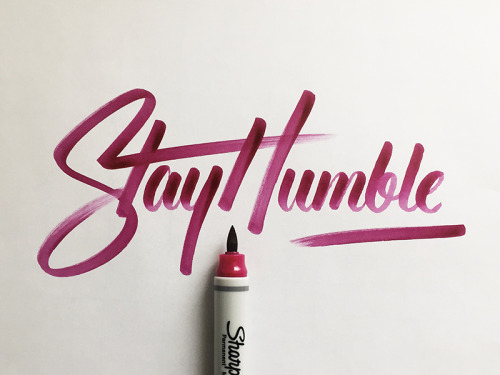
Stay Humble by Colin Tierney Twitter: @visualvibs
Follow me at Smart $ Guides.



22 entrepreneurs share the advice that made them successful.
Follow me @ Smart $ Guides.
Okay I understand artists charging more than mass producers for items. But your prices are a little high. Feel free to correct me if I'm wrong.
I’ve said this a hundred times. Other artists have said this. People who aren’t even artists but care about others being able to support themselves from their work have said this. This is my job where I make my full time living. My prices are the way they are for a reason. And even if it weren’t my full time job I am performing a specialized skill producing luxury goods that takes time, money, and years to perfect. I deserve to be compensated for that work even if the money doesn’t go to basic survival necessities.
My products may be out of your price range, which is okay. That just means you aren’t my target market. But that doesn’t mean they are overpriced. And that doesn’t make it okay to walk around telling others what they should charge. There are a hundred resources on why artists price the way they do out there, please read the following and take some time to educate yourself:
- This is a “simple” forumla for pricing. It does not include any specifics and simply includes “expenses” as a lump category.
- A more in depth guide to pricing.
- Here is a post from Magweno which does a good job of summing up all the “hidden” costs in crafting. It also includes a discussion on whether the perceived value of art should be taken into consideration. It doesn’t even take into account sales, self employment, or income taxes. 15% of my income alone goes to self employment tax. 15-30% (depending on how much I made that year) will go to income tax.
- If you want to spend some money to learn, there is an entire book on ethical pricing.
- Another blog post from Mill Girl who writes further on what goes into pricing, arts and crafts as a luxury item, what you support when you purchase handmade, and who/what you harm when you devalue handmade.
- A tumblr post which highlights the pitfalls of people who undervalue art and their negative impact on the entire art community. This includes both artists undervaluing themselves and clients undervaluing artists.
- Here’s an article on pricing as a freelancer and industry standards. For the record I consider myself under the category “Someone with a few years of experience and a good portfolio: $50 - $85+/hr.” I can promise I am charging nowhere near $50 an hour, and close to $25 since I supplement my income with “passive income” from pattern sales.
And that is just a few of the resources out there available. I sincerely hope you will read them and stop spreading negative attitudes on pricing.
Follow me @ Smart $ Guides.
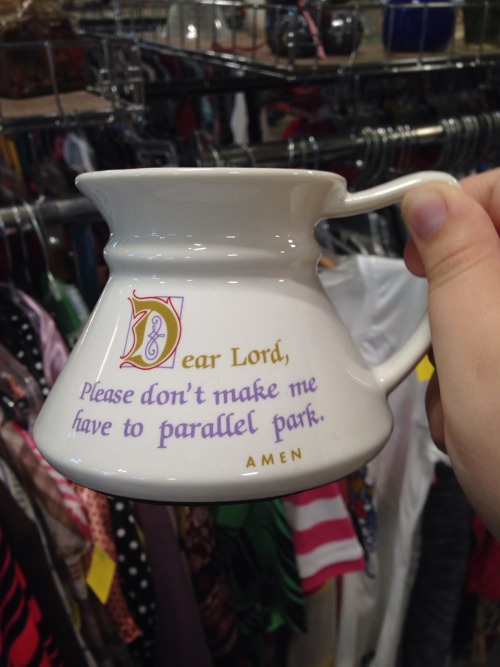
today on “weirdly specific but extremely relatable goodwill finds”
If you don’t quit, and don’t cheat, and don’t run home when trouble arrives, you can only win.
Shelley Long (via beinchargeofyourlife)
Logo design is like the idea of the lean startup. Each iteration gets you one step closer. Awesome lesson in this.
Follow me at Smart $ Guides.

Startup business | logo concept
Think outside of the... cup.
Follow Me @ Smart $ Guides.
yknow what?

Follow me @ Smart $ Guides.
Excerpts from "Secrets of the Millionaire Mind" By T. Harv Eker
Money Miracles will occur once you demonstrate to the Universe that you can handle your finances properly.
A couple of the basics:
Open a seperate account and designate it as your Financial Freedom Account. Put 10% of every dollar you receive (after taxes) into this fund.
This money is only to be used for investments and buying creative passive-income streams.
In addition to opening a Financial Freedom bank account, Create a Financial Freedom jar in your home and deposit money into it every day. It could be $10, $5, $1, a single penny, or all your loose change. The amount doesn’t matter, the habit does. The secret again is to place daily “attention” on your objective of becoming financially free. Like attracts like, money attracts more money.
One of the biggest secrets to managing money is balance. On one side, you want to save as much money as possible so you can invest it and make more money. On the other side, you need to put another 10 percent of your income into a “play” account.
Your play account is primarily used to nurture yourself - to do the things you wouldn’t normally do.
The play account rule is that it must be spent every month. That’s right! Each month you have to blow all the money in that account in a way that makes you feel rich.
10 percent into Long-term Savings and Spending.
10 percent into your Education Account.
50 percent into your Neccessities Account.
10 percent into your Give Account.
Again, poor people think it’s all about income; they believe you have to earn a fortune to get rich. Again, that’s male-cow manure! The fact is that if you manage your money following this program, you can become financially free on a relatively small income. If you mismanage your money, you can’t become financially free, even on a huge income…because it’s not about what comes in, it’s about what you do with what comes in.
Is it creativity or is it necessity that is the mother of all invention? Either way these things are cool.
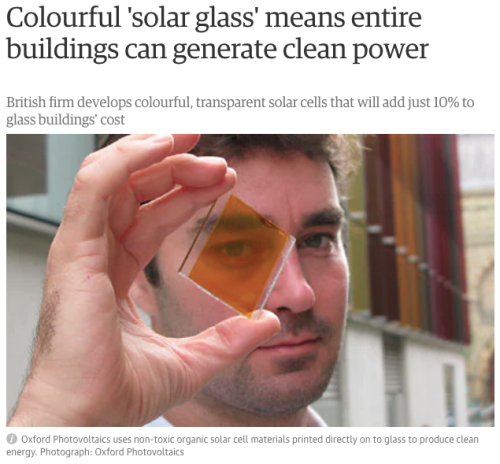


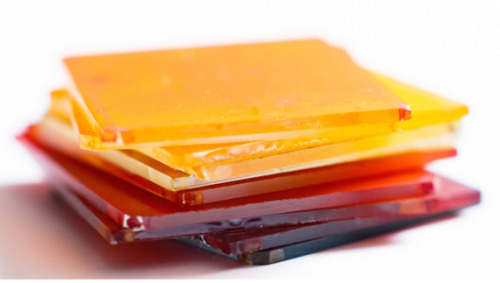
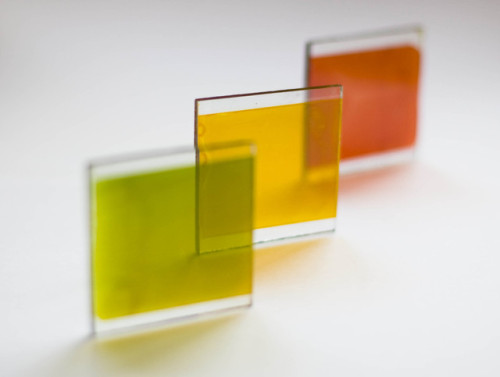

Just imagine a world full of beautiful stained glass windows which also generate electricity…
[Oxford Photovoltaics]
-
 virginofpurity liked this · 3 years ago
virginofpurity liked this · 3 years ago -
 apexgrodd liked this · 3 years ago
apexgrodd liked this · 3 years ago -
 cricketslayer liked this · 4 years ago
cricketslayer liked this · 4 years ago -
 augmentedrealism reblogged this · 5 years ago
augmentedrealism reblogged this · 5 years ago -
 healthyhead-things liked this · 5 years ago
healthyhead-things liked this · 5 years ago -
 titanthepoet liked this · 5 years ago
titanthepoet liked this · 5 years ago -
 kyonmars liked this · 6 years ago
kyonmars liked this · 6 years ago -
 rosemary0211 liked this · 6 years ago
rosemary0211 liked this · 6 years ago -
 nyanide liked this · 6 years ago
nyanide liked this · 6 years ago -
 ultraesthercalopamars liked this · 6 years ago
ultraesthercalopamars liked this · 6 years ago -
 bladesmash liked this · 6 years ago
bladesmash liked this · 6 years ago -
 profitthee5th reblogged this · 6 years ago
profitthee5th reblogged this · 6 years ago -
 kevin920 reblogged this · 6 years ago
kevin920 reblogged this · 6 years ago -
 twerky24 reblogged this · 6 years ago
twerky24 reblogged this · 6 years ago -
 smiler37-blog liked this · 6 years ago
smiler37-blog liked this · 6 years ago -
 albertaassman liked this · 7 years ago
albertaassman liked this · 7 years ago -
 mainofhottwunk420 liked this · 7 years ago
mainofhottwunk420 liked this · 7 years ago -
 soyuzam reblogged this · 7 years ago
soyuzam reblogged this · 7 years ago -
 finebootyjudy liked this · 7 years ago
finebootyjudy liked this · 7 years ago -
 deeppoliceruins liked this · 7 years ago
deeppoliceruins liked this · 7 years ago -
 katwindsor liked this · 7 years ago
katwindsor liked this · 7 years ago -
 leahcubston-blog liked this · 7 years ago
leahcubston-blog liked this · 7 years ago -
 soapeater94 liked this · 7 years ago
soapeater94 liked this · 7 years ago -
 comfycatboyfriend liked this · 7 years ago
comfycatboyfriend liked this · 7 years ago -
 chaotic-pastel-science-babe reblogged this · 7 years ago
chaotic-pastel-science-babe reblogged this · 7 years ago -
 chaotic-pastel-science-babe liked this · 7 years ago
chaotic-pastel-science-babe liked this · 7 years ago -
 addictedddoodler liked this · 7 years ago
addictedddoodler liked this · 7 years ago -
 contemporaryuser reblogged this · 7 years ago
contemporaryuser reblogged this · 7 years ago -
 selfaseathics reblogged this · 7 years ago
selfaseathics reblogged this · 7 years ago -
 fabaceous-fergie-blog liked this · 7 years ago
fabaceous-fergie-blog liked this · 7 years ago -
 peritwotone liked this · 7 years ago
peritwotone liked this · 7 years ago -
 jorjasmith liked this · 7 years ago
jorjasmith liked this · 7 years ago -
 breakthecitysky liked this · 7 years ago
breakthecitysky liked this · 7 years ago -
 upnallday-blog liked this · 7 years ago
upnallday-blog liked this · 7 years ago -
 grmhrtmotortecture reblogged this · 7 years ago
grmhrtmotortecture reblogged this · 7 years ago -
 grmhrtdesigns liked this · 7 years ago
grmhrtdesigns liked this · 7 years ago -
 nidieunimaitre reblogged this · 7 years ago
nidieunimaitre reblogged this · 7 years ago -
 joshuaoliveira liked this · 7 years ago
joshuaoliveira liked this · 7 years ago
